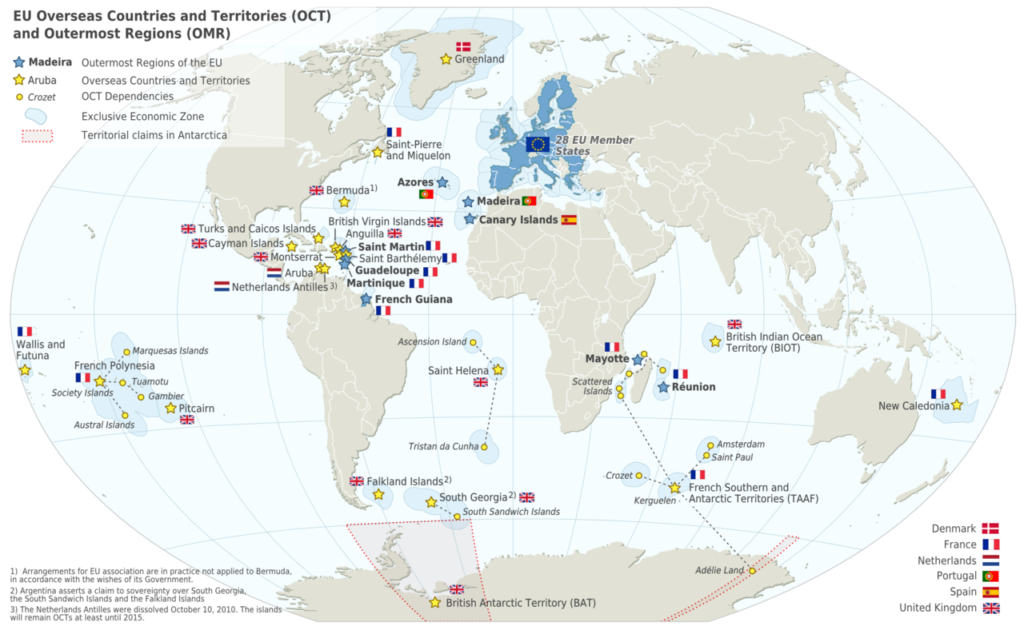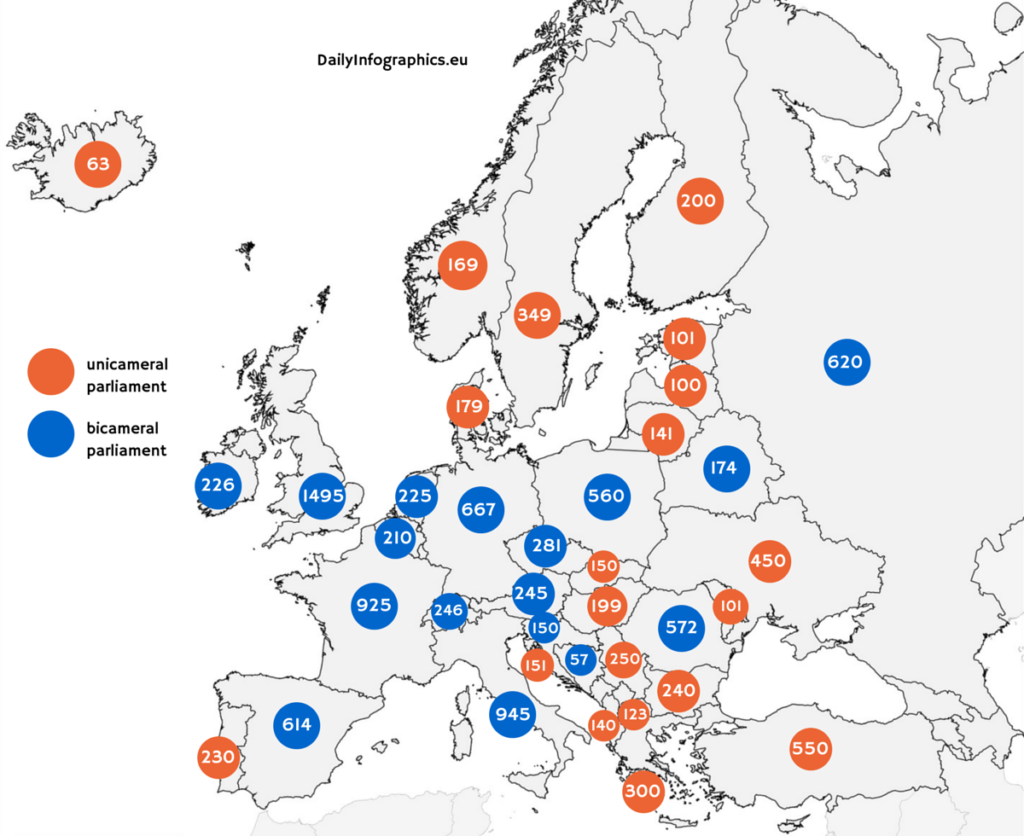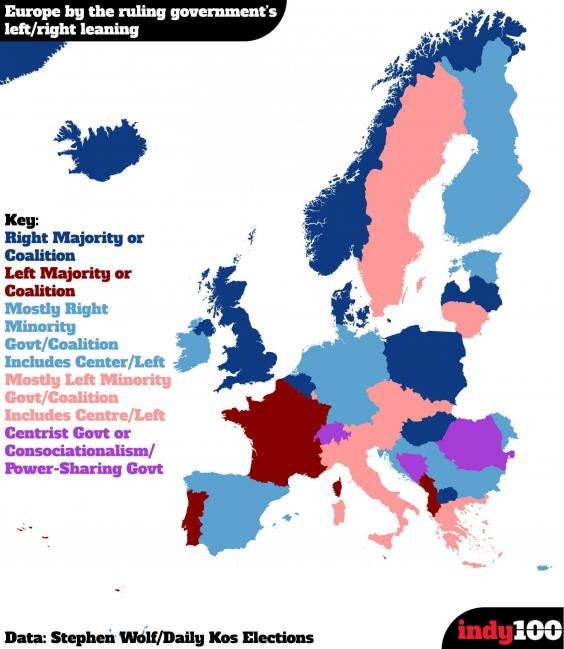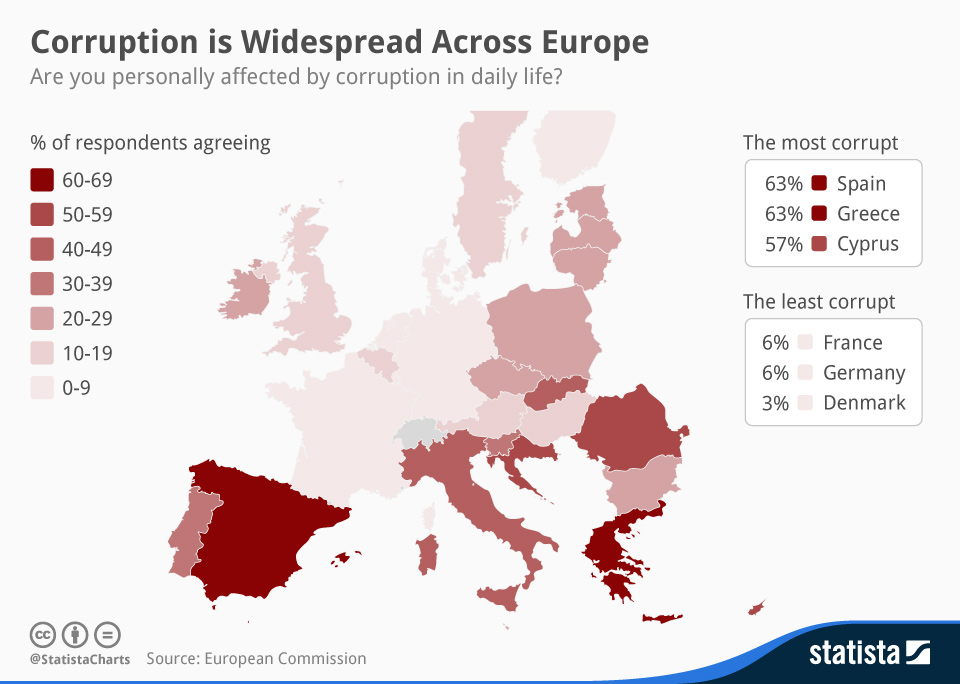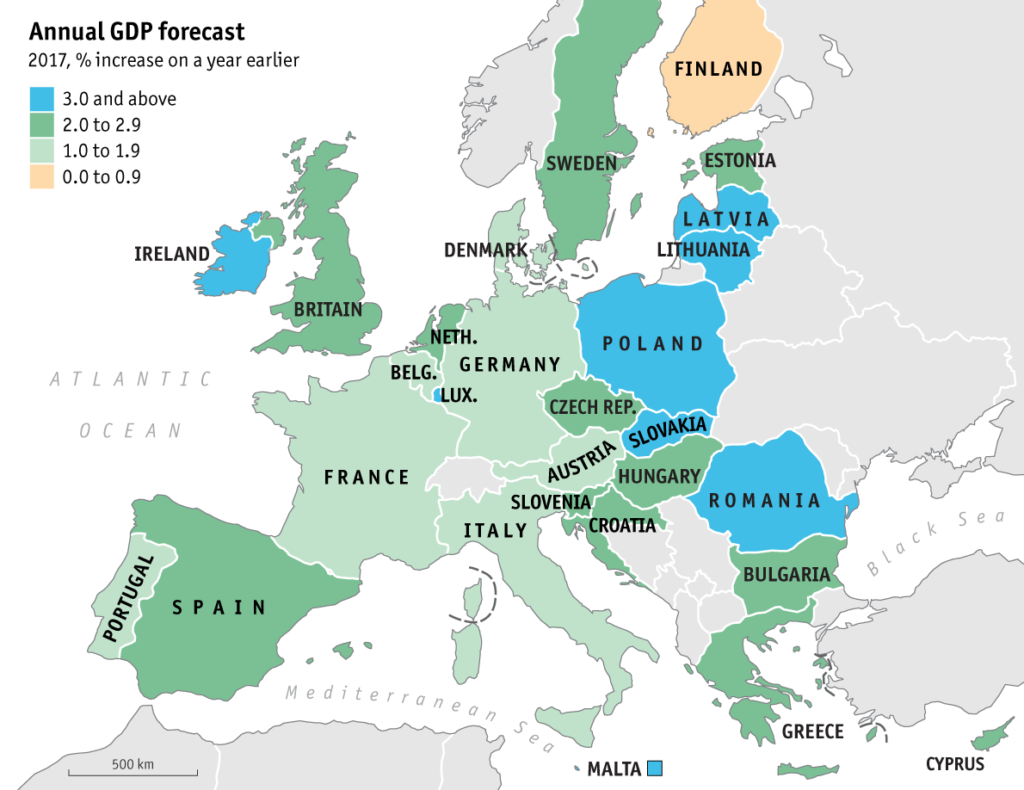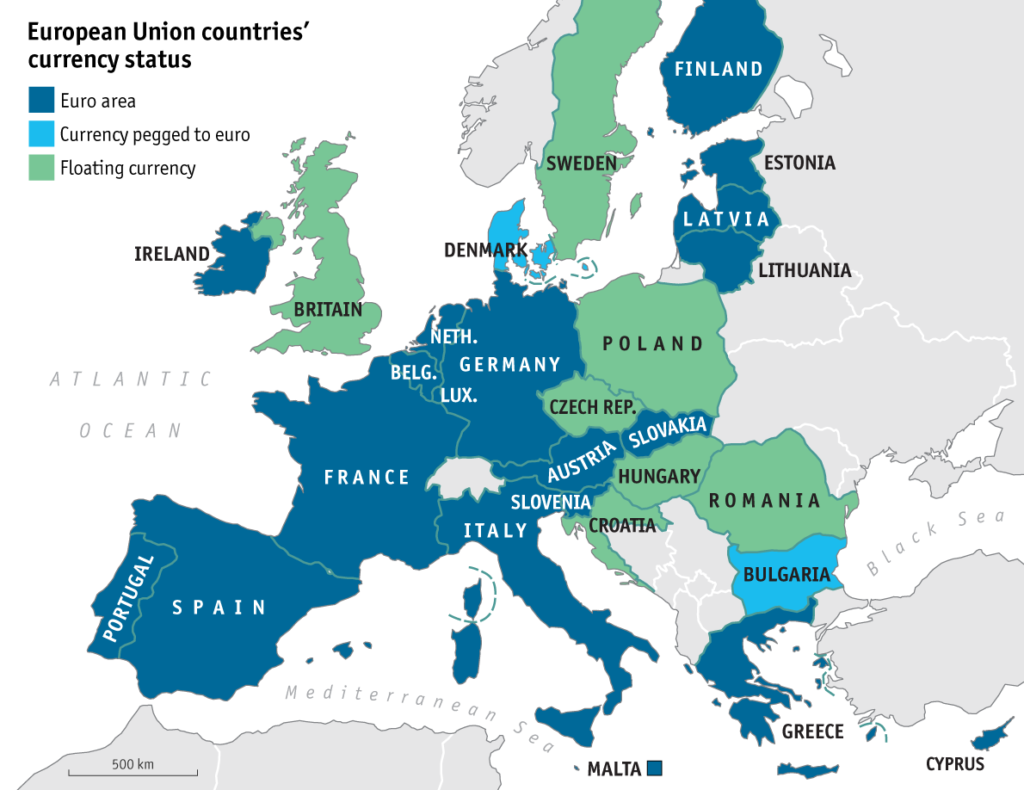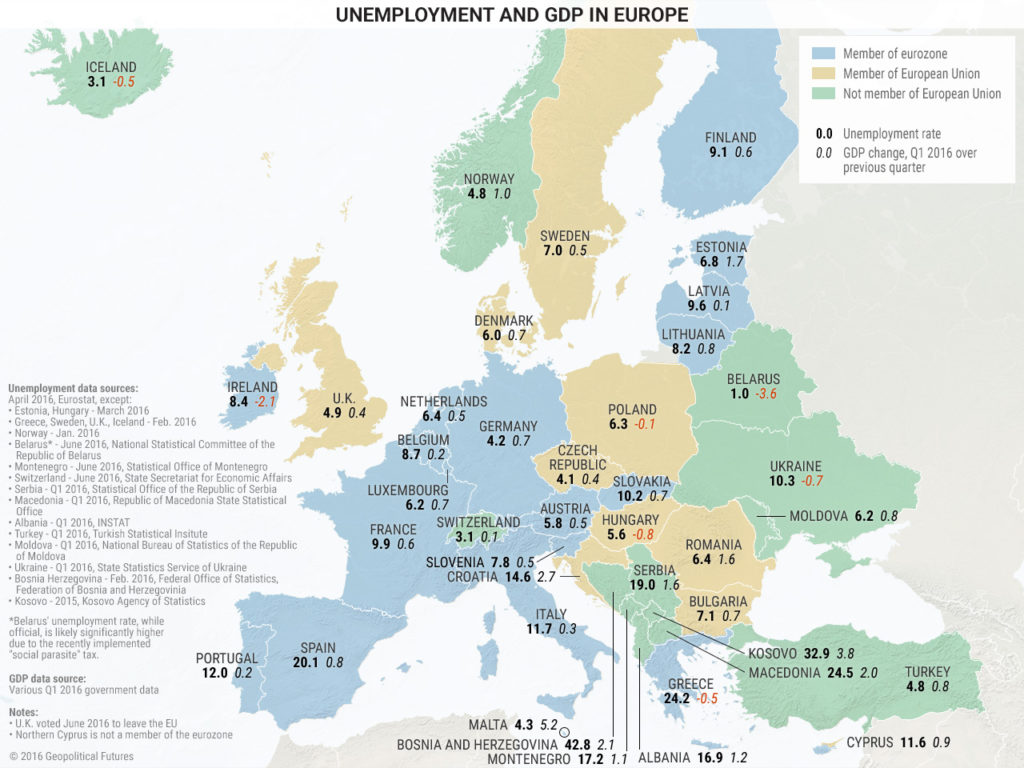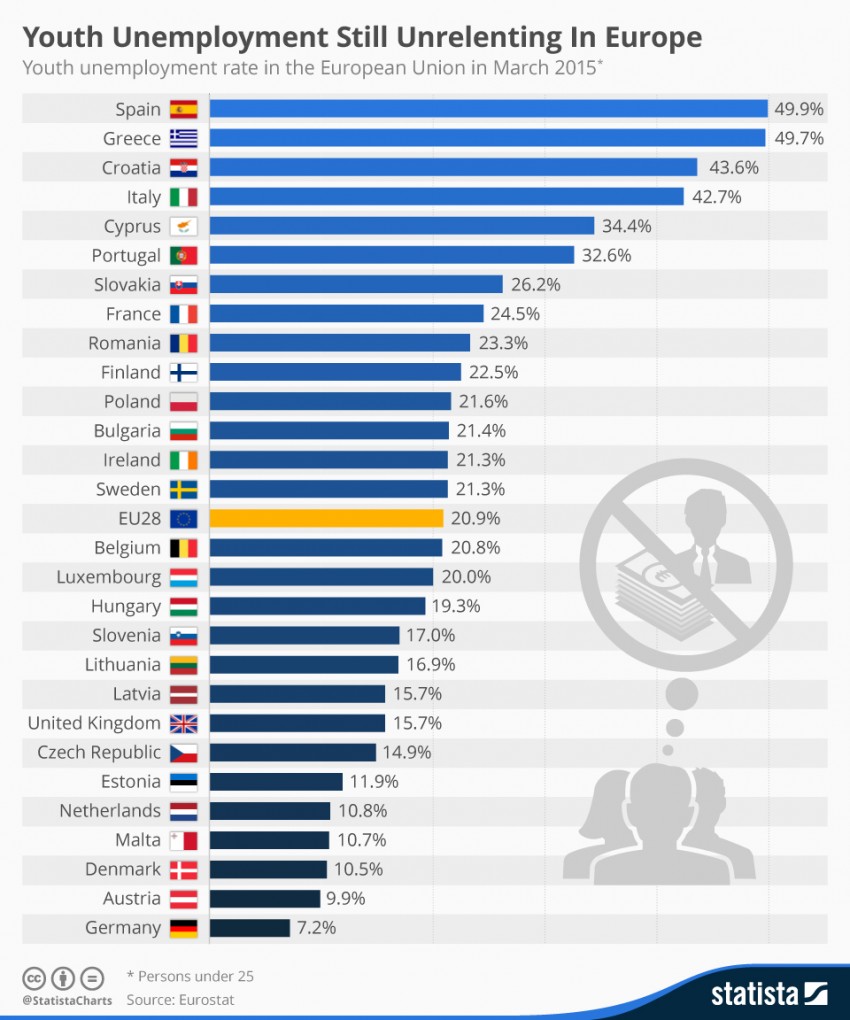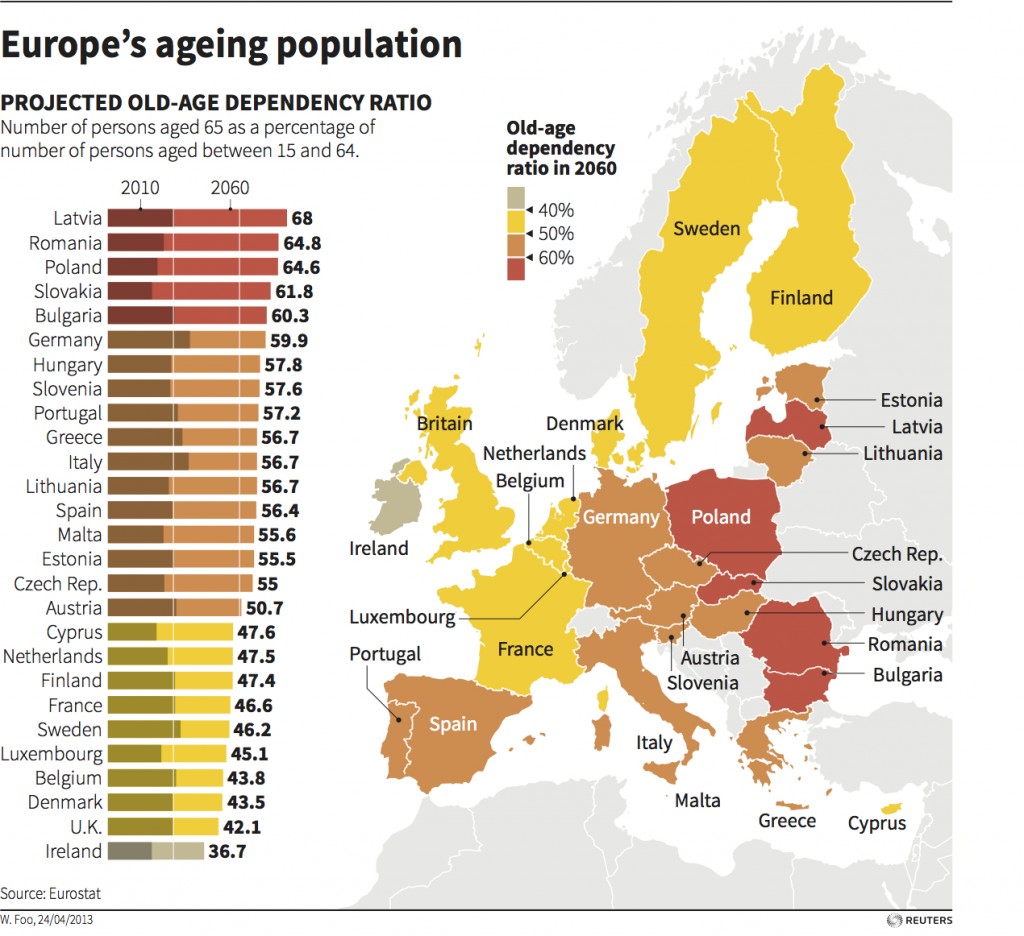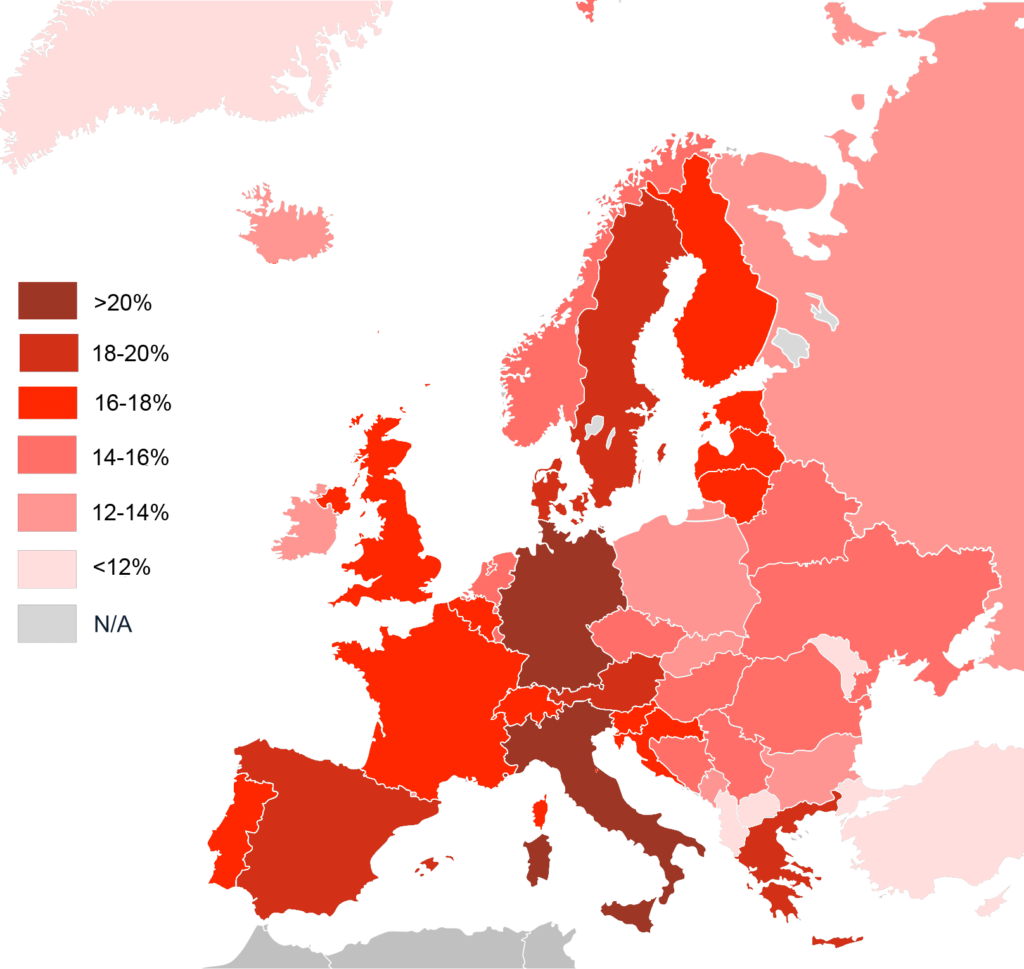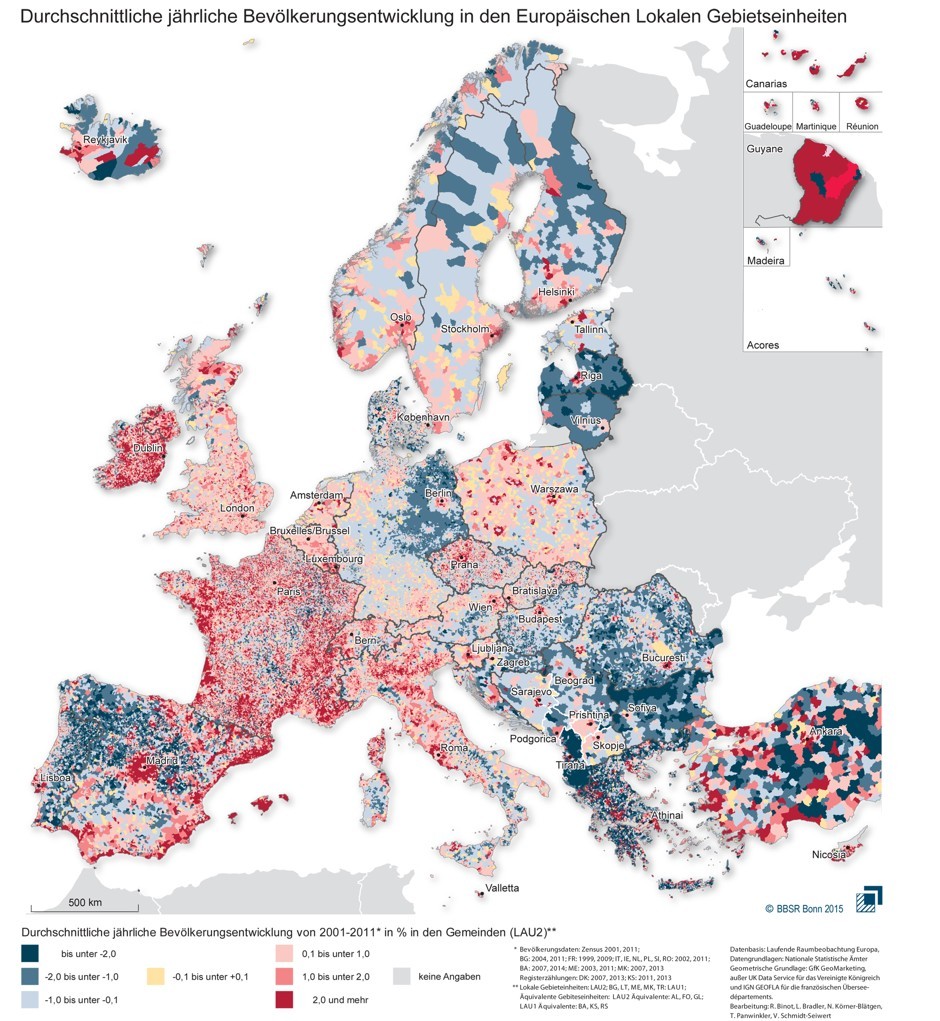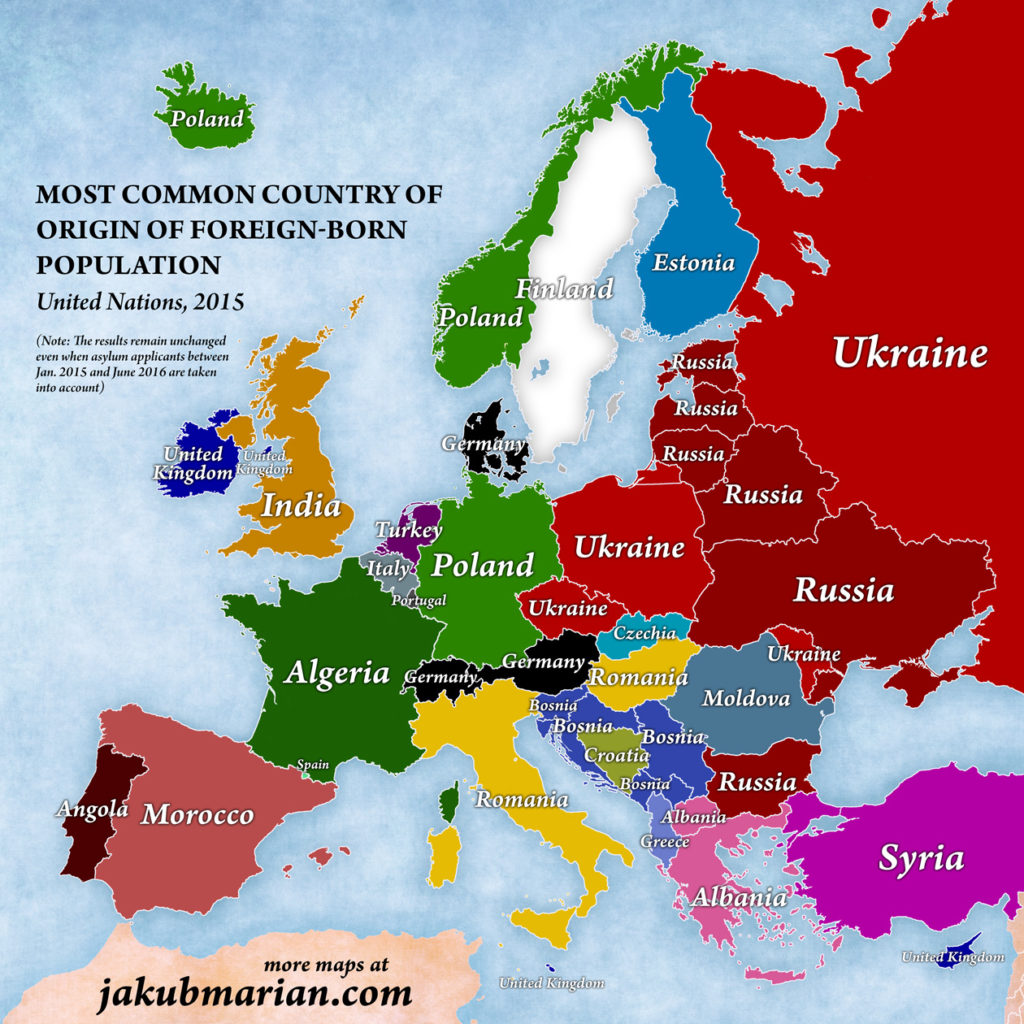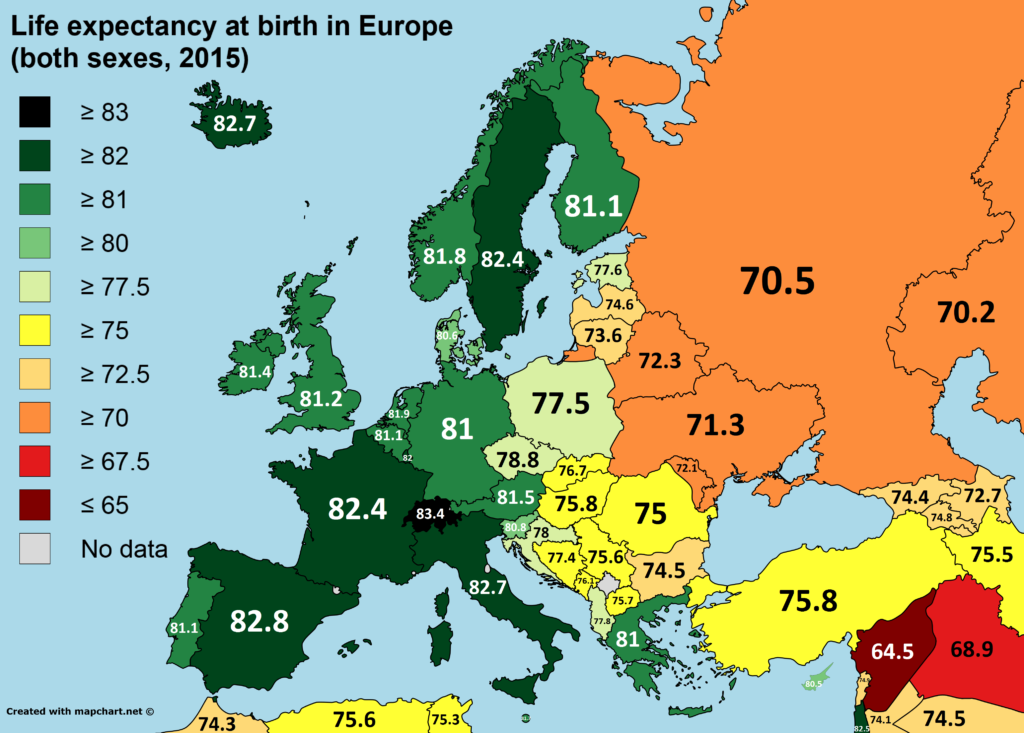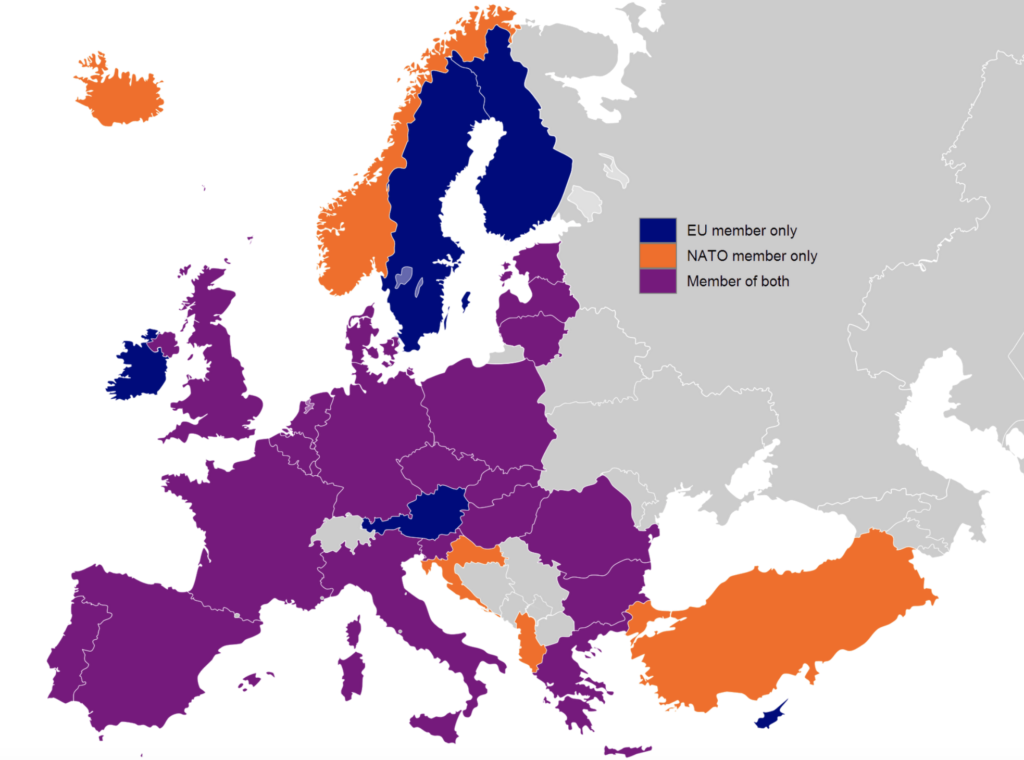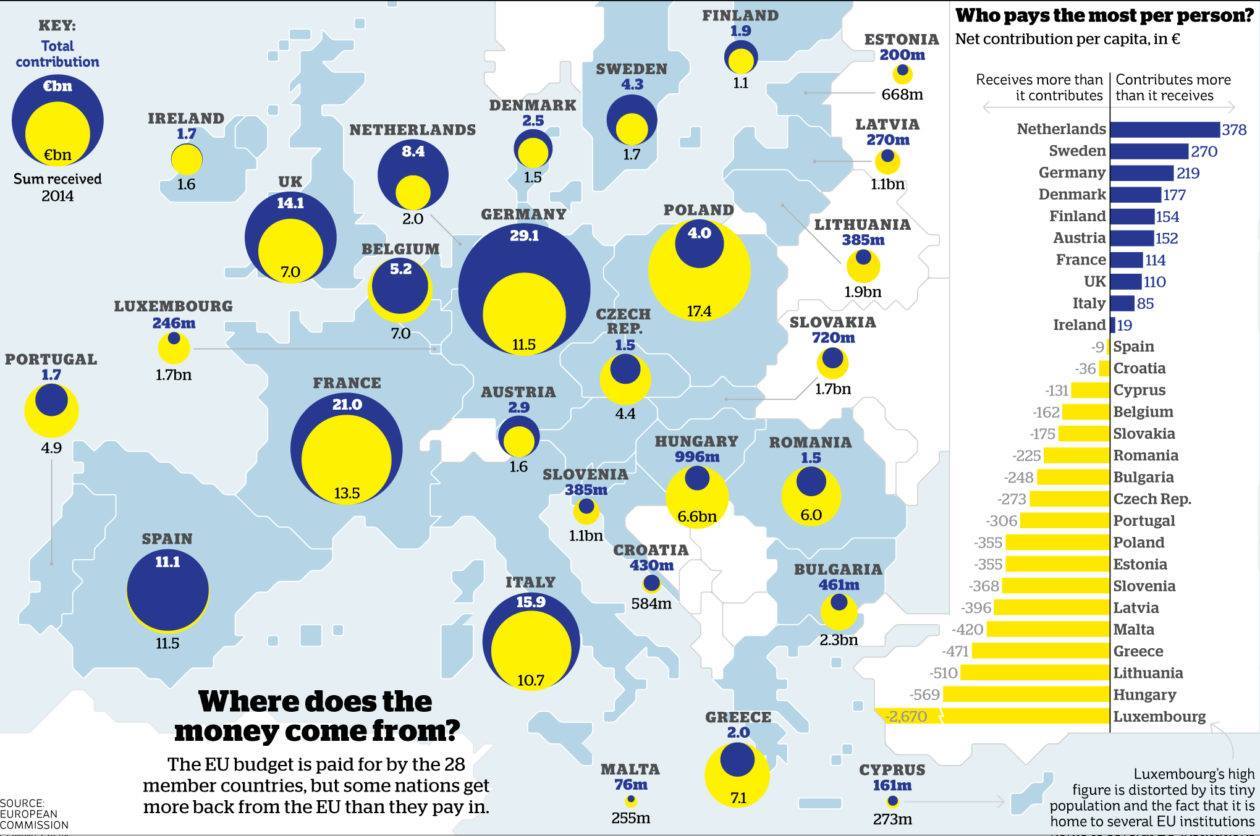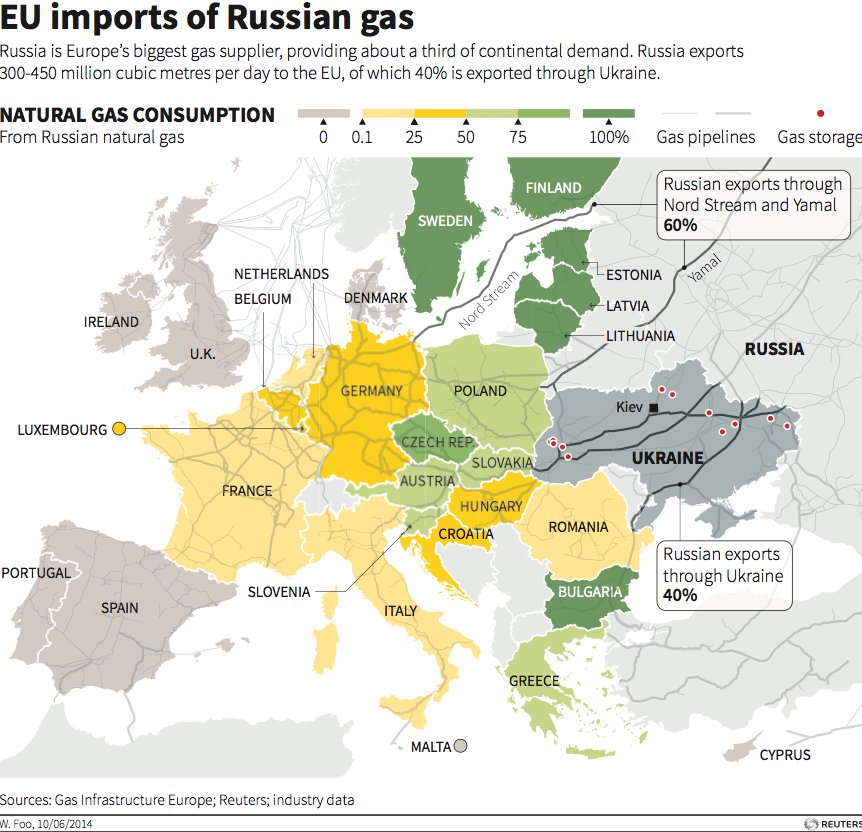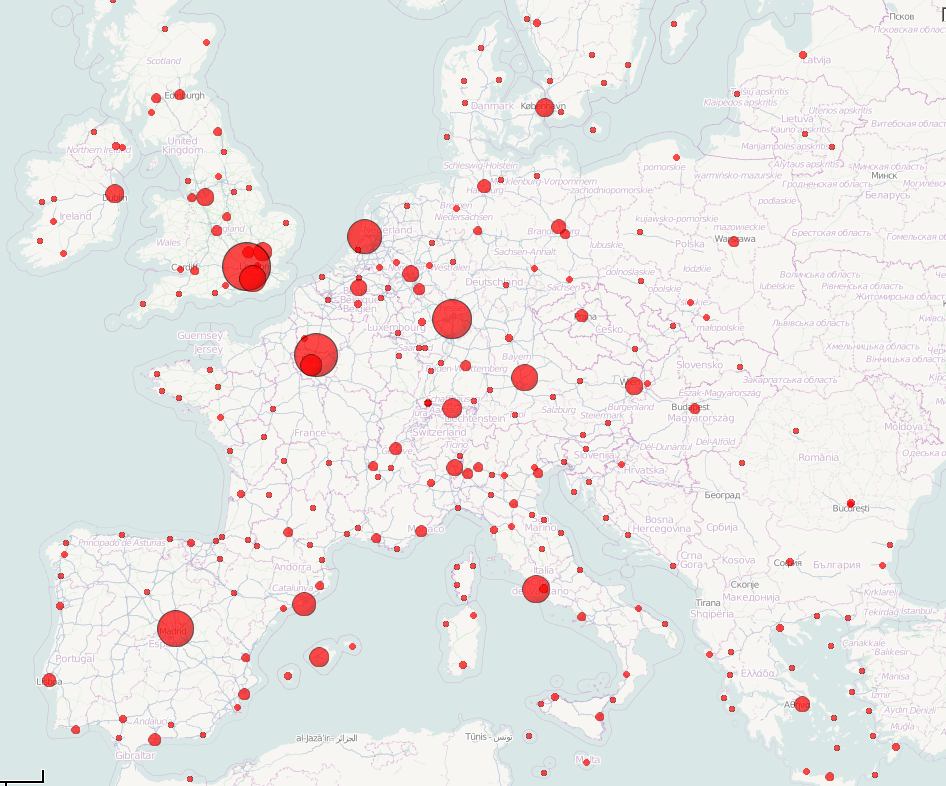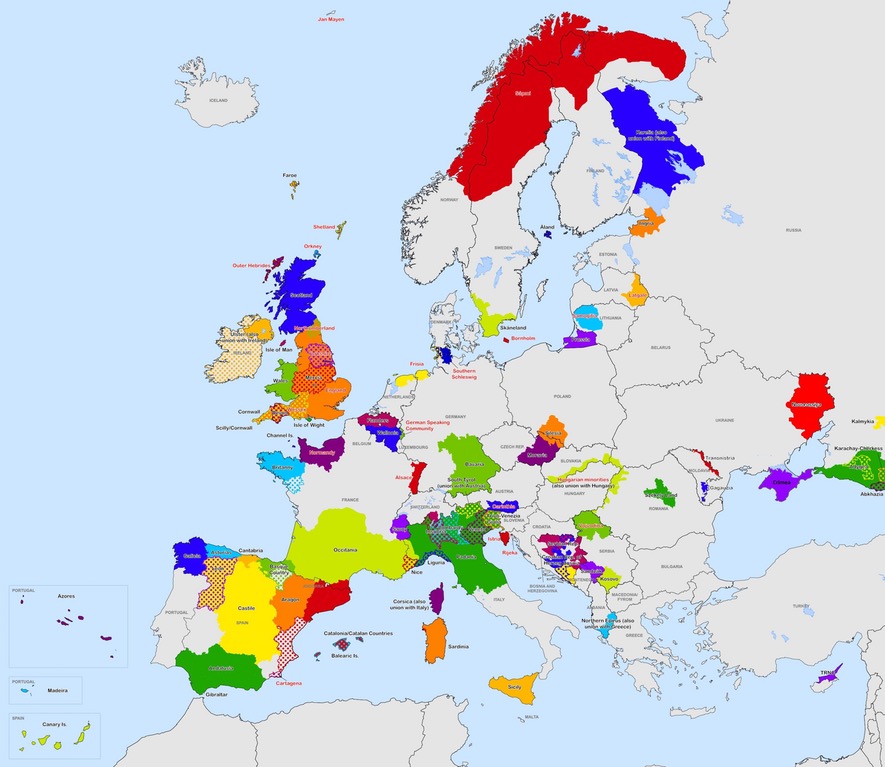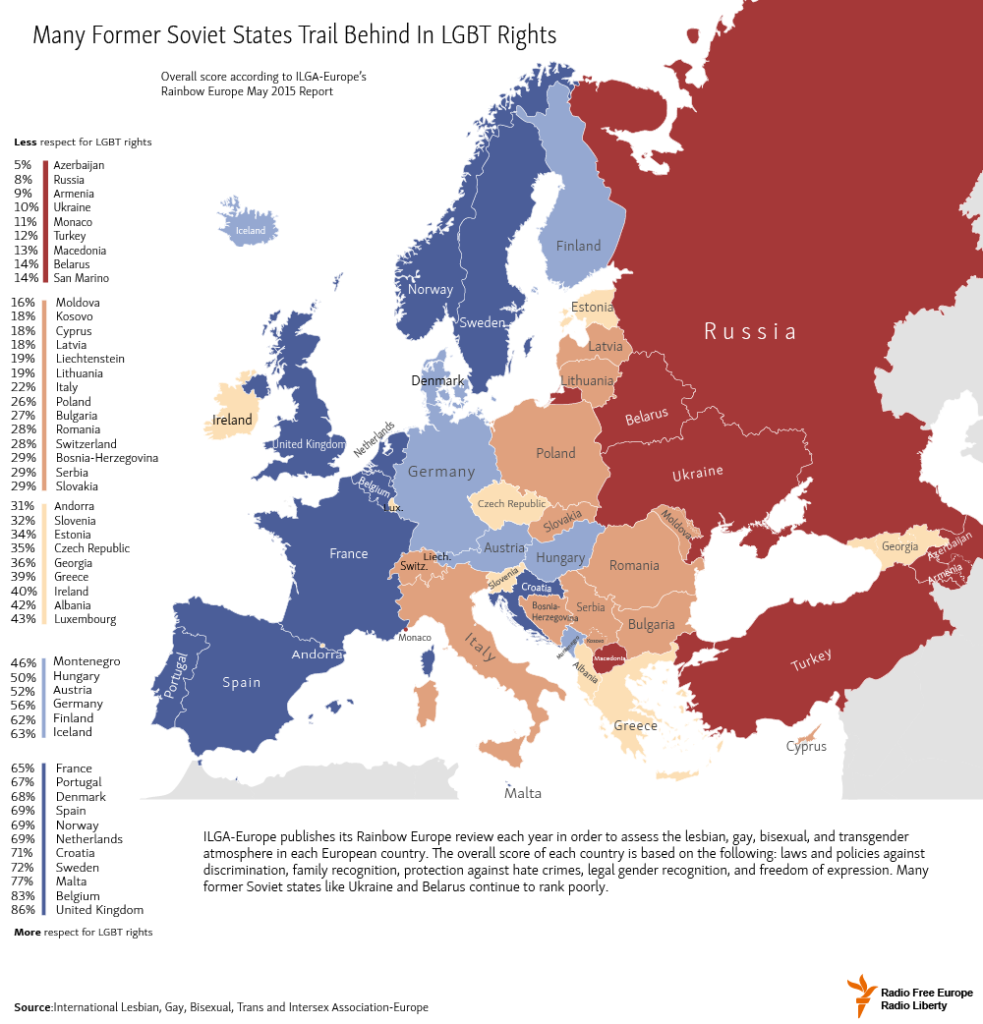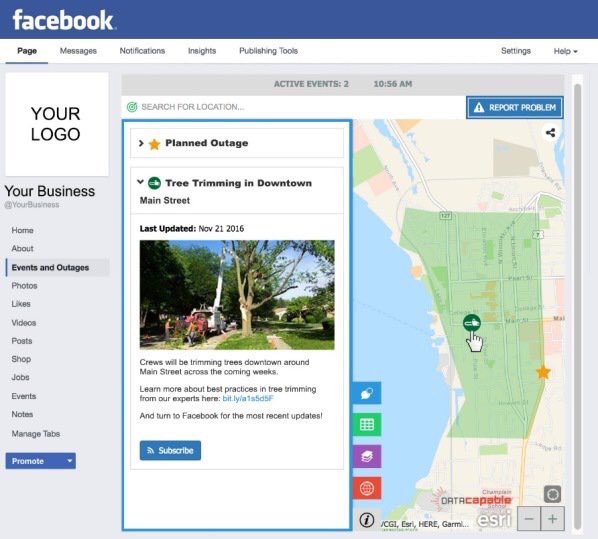
Top 30 maps and charts that explain the European Union
Tomorrow European Union celebrates the 60th birthday. On March 25, 1957, leaders of six countries – Belgium, Germany, France, Italy, Luxembourg, and the Netherlands – met in Rome and signed two treaties that established the European Economic Community (EEC) and the European Atomic Energy Community, later transformed into the European Union.
Although Europe is experiencing growing turbulence related to migration crisis, terrorist attacks, and Brexit, among others, the EU project is still the best thing that happened to the continent after The World War II. It allowed keeping peace and wealth for long years and we hope that it will stay that way for the next generations.
These maps and charts try to explain the sense of European Union.
1. History of the European Union
source: Wikipedia
2. EU member states as of 2017
source: Alamy
3. EU Overseas Countries and Territories and Outermost Regions
4. Parliamentary Seats in Europe
5. The map of Europe by how right- or left-wing the government is
source: Indy100
6. EU Institutions
source: EU
7. Corruption in Europe
8. 2017 GPD forecasts
source: The economist
9. Average wage rates in EU
reedit: Average wage rates in Europe
10. Currencies in EU
source: The economist
11. Europe’s unemployment vs GDP
source: Geopolitical Futures
12. Youth Unemployment in Europe
13. Europe’s ageing problem
14. Share of population over 65
15. Map of Europe’s population shifts
source: Geoaweosmeness
16. EU migration crisis
source: WikiWand
17. Most common country of origin of foreign-born population
source: Jakubmarian.com
18. Life expectancy in Europe
19. EU member states and NATO
source: eu center illinois
20. Where does the money for EU funds come from?
21. EU member states most valuable export goods
source: Time
22. EU import of Russian gas
source: Business Insider
23. Europe’s busiest airports
source: Wikipedia
24. Active separatistic movements in Europe
source: reedit
25. LGBT Rights in Europe
source: one-europe.net
26. How old is each individual country in Europe?
source: Jimmysbook
27. These are the last kingdoms in Europe.
source: Reedit
28. What’s Next after Brexit?
source: Big Think
29. Most common surnames in Europe
30. European colonialism conquered every country in the world but these five
source: Vox



